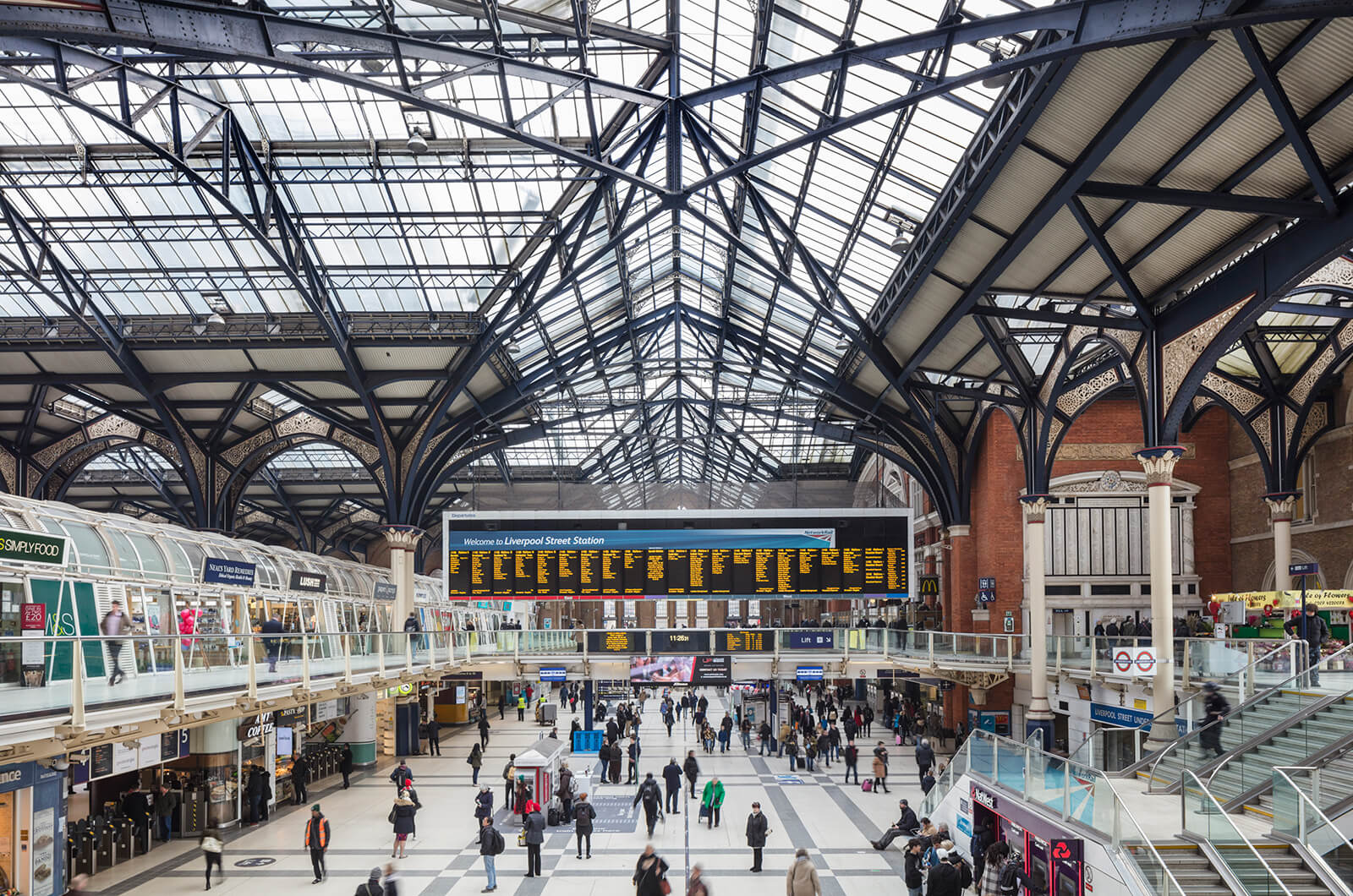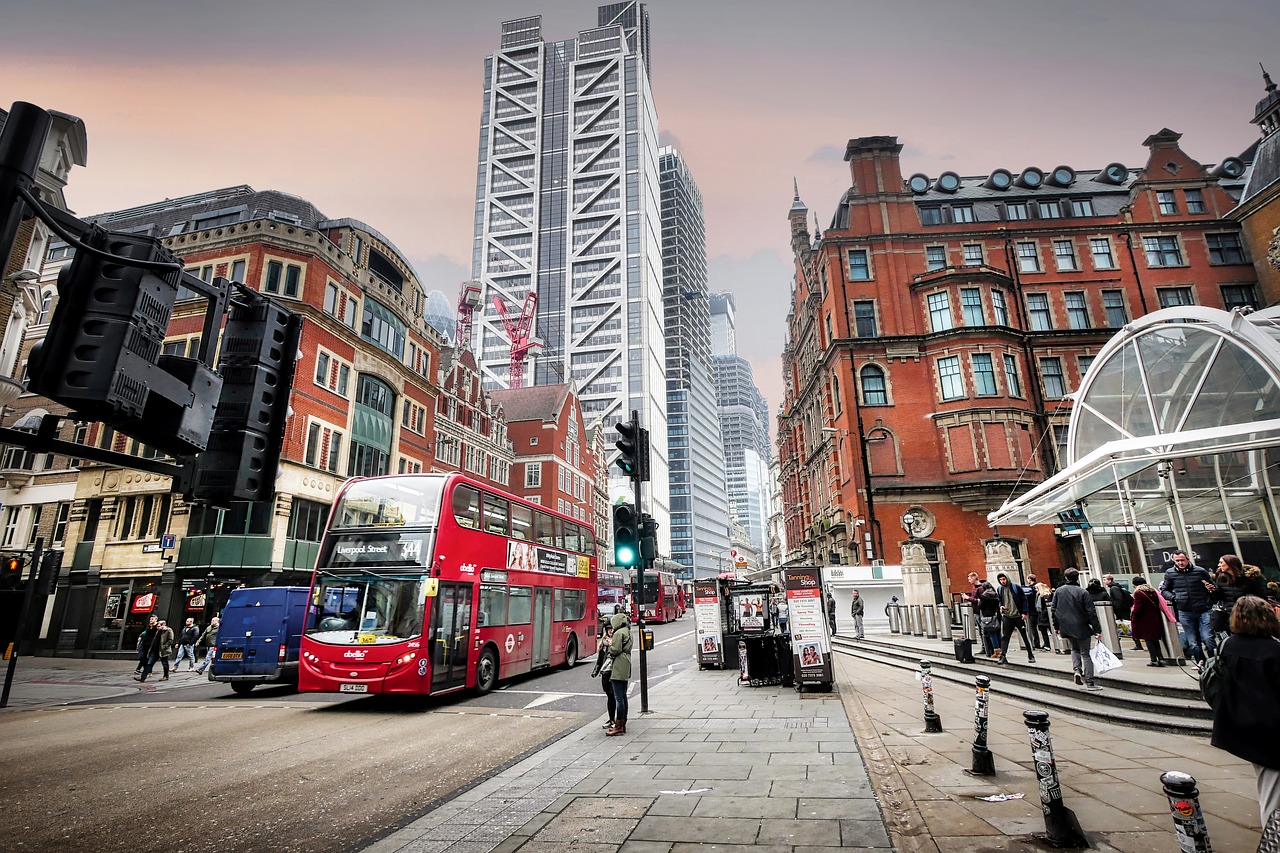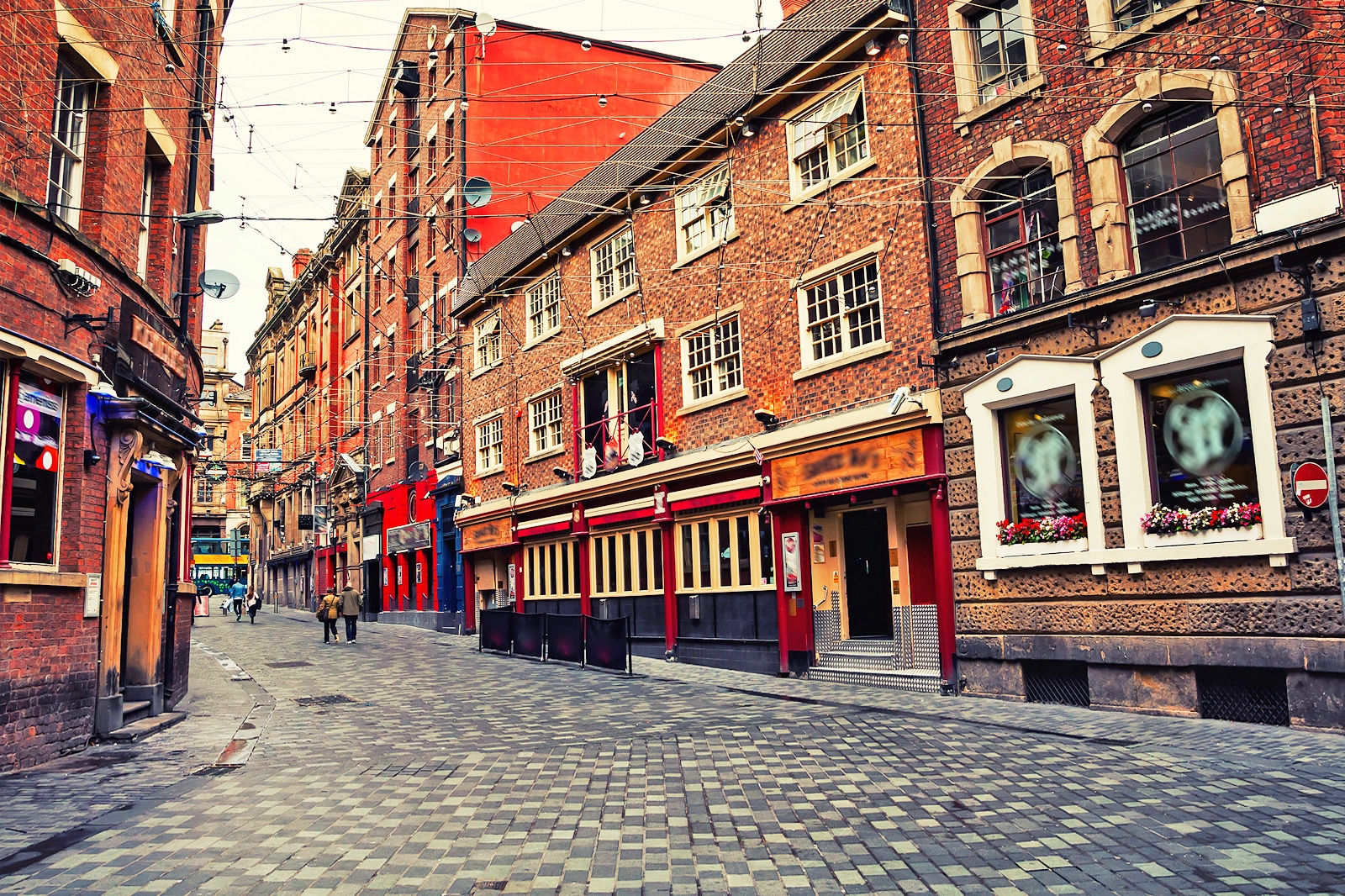On Liverpool Street, the heart of London’s bustling financial district, lies a rich tapestry of history, commerce, and culture. This iconic thoroughfare, anchored by its namesake station, serves as a vital transportation hub connecting commuters and tourists alike to various corners of the city. From its Victorian architecture to its modern skyscrapers, Liverpool Street offers a captivating blend of old and new, a microcosm of London’s dynamic evolution.
This exploration delves into the area’s multifaceted character, examining its historical significance, economic prowess, architectural marvels, and vibrant cultural scene.
This report will cover Liverpool Street Station’s historical development, its crucial role in London’s transportation network, and the economic impact of its surrounding area. We will analyze the architectural styles, landmarks, and cultural events that define the area, along with a visual exploration of its unique atmosphere. The report will also feature a hypothetical business plan, showcasing the potential for new ventures in this prime location.
Liverpool Street Station: A Vital London Hub: On Liverpool Street
Liverpool Street Station, a significant transportation hub in the heart of London, boasts a rich history and plays a crucial role in the city’s economic and social fabric. Its evolution, from a relatively modest station to a major transport interchange, reflects London’s own growth and transformation. This article delves into various aspects of Liverpool Street, examining its transportation links, economic impact, architectural significance, cultural relevance, and visual character.
Liverpool Street Station: Transportation Infrastructure
Liverpool Street Station serves as a crucial interchange for various modes of transport, facilitating seamless connectivity across London and beyond. Its extensive network caters to a massive daily passenger volume.
| Transport Type | Frequency | Destinations | Notes |
|---|---|---|---|
| London Underground (Central, Circle, Hammersmith & City, Metropolitan lines) | High frequency, typically every 2-5 minutes during peak hours | Various locations across London, including West End, City, Canary Wharf | Provides access to other major transport hubs |
| National Rail | Regular services throughout the day, varying by destination | Cambridge, Colchester, Norwich, Ipswich, and other towns in East Anglia | Connects London to surrounding counties |
| Bus Routes | Frequent services, with many routes converging at the station | Various locations within Central London and surrounding areas | Offers local and regional connectivity |
| Overground | Regular services connecting to other parts of London | Stratford, Shoreditch, Highbury & Islington | Provides alternative routes and connections |
Liverpool Street Station’s passenger volume rivals that of other major London transport hubs like Waterloo and Paddington, consistently handling hundreds of thousands of passengers daily, particularly during peak commuting hours. The station is equipped with extensive accessibility features, including ramps, lifts, tactile paving, and audio announcements, to cater to passengers with disabilities.
Liverpool Street Area: Commercial Landscape, On liverpool street
The Liverpool Street area is a thriving commercial centre, home to a diverse range of industries and businesses.
- Finance: Numerous financial institutions and corporate headquarters are located nearby.
- Retail: High street retailers, boutiques, and specialty shops cater to the large footfall.
- Hospitality: A wide array of restaurants, cafes, and bars serve the business community and tourists.
- Technology: Several tech startups and established companies have offices in the area.
- Professional Services: Law firms, consulting firms, and other professional services companies have a strong presence.
The station and its surrounding area contribute significantly to London’s economy, providing employment opportunities and generating substantial revenue through commercial activities. A hypothetical business plan for a new venture in the area would need to consider the high rents, intense competition, and the predominantly business-oriented clientele. A niche cafe focusing on healthy and sustainable options, for example, could find success by catering to the health-conscious professionals in the area.
Remember to click manchester united 1997 squad to understand more comprehensive aspects of the manchester united 1997 squad topic.
Liverpool Street: Architectural Heritage

The architectural landscape of Liverpool Street is a blend of historical and modern styles. The station itself, with its grand Victorian architecture, stands as a testament to the era’s engineering prowess. Nearby, you’ll find a mix of buildings, reflecting different periods of development.
The imposing Victorian facade of Liverpool Street Station contrasts beautifully with the sleek glass and steel structures of more modern buildings, creating a dynamic and visually interesting streetscape.
The area’s architectural evolution showcases a transition from the grandeur of Victorian architecture to the modern aesthetics of contemporary designs, reflecting London’s continuous urban development.
A fictional day exploring the area might begin with admiring the intricate details of the station’s facade, then wander through the narrow streets lined with Georgian townhouses, before encountering the contemporary glass towers of the modern financial district. This juxtaposition of architectural styles provides a unique character to the area, distinct from the more uniform architectural landscapes found in other parts of London, such as the uniformity of South Bank or the Georgian elegance of Bloomsbury.
Liverpool Street: Cultural Tapestry

Liverpool Street’s cultural significance is interwoven with its history. It has witnessed numerous historical events and has been associated with notable figures throughout the centuries. While specific events are not easily attributable to the immediate vicinity of Liverpool Street itself, the broader area has been the backdrop for significant moments in London’s history.
- Scene 1: A bustling marketplace in the Victorian era, filled with the sounds of hawkers and the aroma of street food.
- Scene 2: A clandestine meeting between spies during World War II, the shadows of the buildings concealing their secret rendezvous.
- Scene 3: A modern-day street performer captivating a lunchtime crowd with their music, the energy of the city pulsing around them.
The area’s cultural identity has evolved from a predominantly industrial and commercial centre to a vibrant mix of business, leisure, and cultural activities.
Liverpool Street: Visual Identity
Liverpool Street’s visual character is defined by a dynamic interplay of light and shadow. During the morning, the area is bathed in a cool, sharp light, highlighting the intricate details of the Victorian architecture. Midday brings a warmer, more intense light, casting long shadows and emphasizing the towering skyscrapers. Evening transforms the scene into a vibrant display of illuminated buildings and streetlights, creating a bustling, yet somehow quieter atmosphere.The sounds of the city—the rumble of the Underground, the chatter of commuters, the honking of cars—blend with the visual tapestry, contributing to the area’s unique ambiance.
The textures vary greatly, from the smooth glass and steel of modern buildings to the rough brickwork of older structures. A fictional advertisement for a business might use the imagery of the station’s grand clock tower juxtaposed with the sleek lines of a modern building, conveying both heritage and progress.
- Bustling
- Dynamic
- Historic
- Modern
- Vibrant
Liverpool Street, a vibrant intersection of history and modernity, stands as a testament to London’s enduring spirit. From its bustling transportation hub to its diverse range of businesses and cultural landmarks, the area pulsates with energy, offering a compelling blend of historical significance and contemporary dynamism. Its continued evolution promises an exciting future, shaping the landscape of London for generations to come.
The detailed exploration presented here provides a comprehensive overview of this significant location, highlighting its importance within the larger context of the city’s growth and development.

